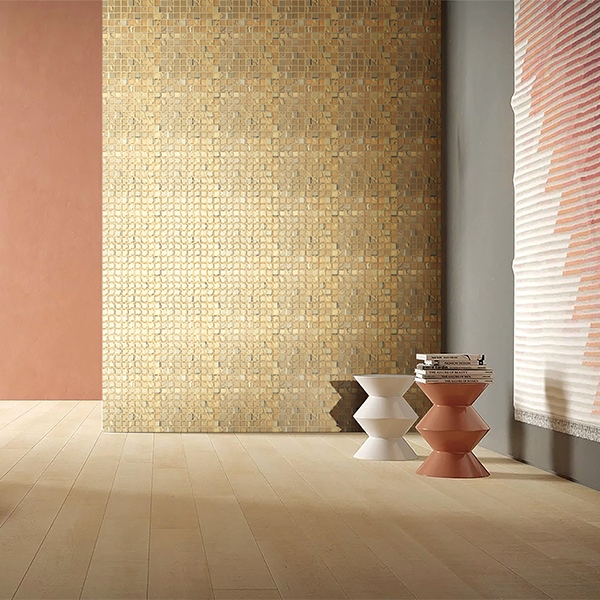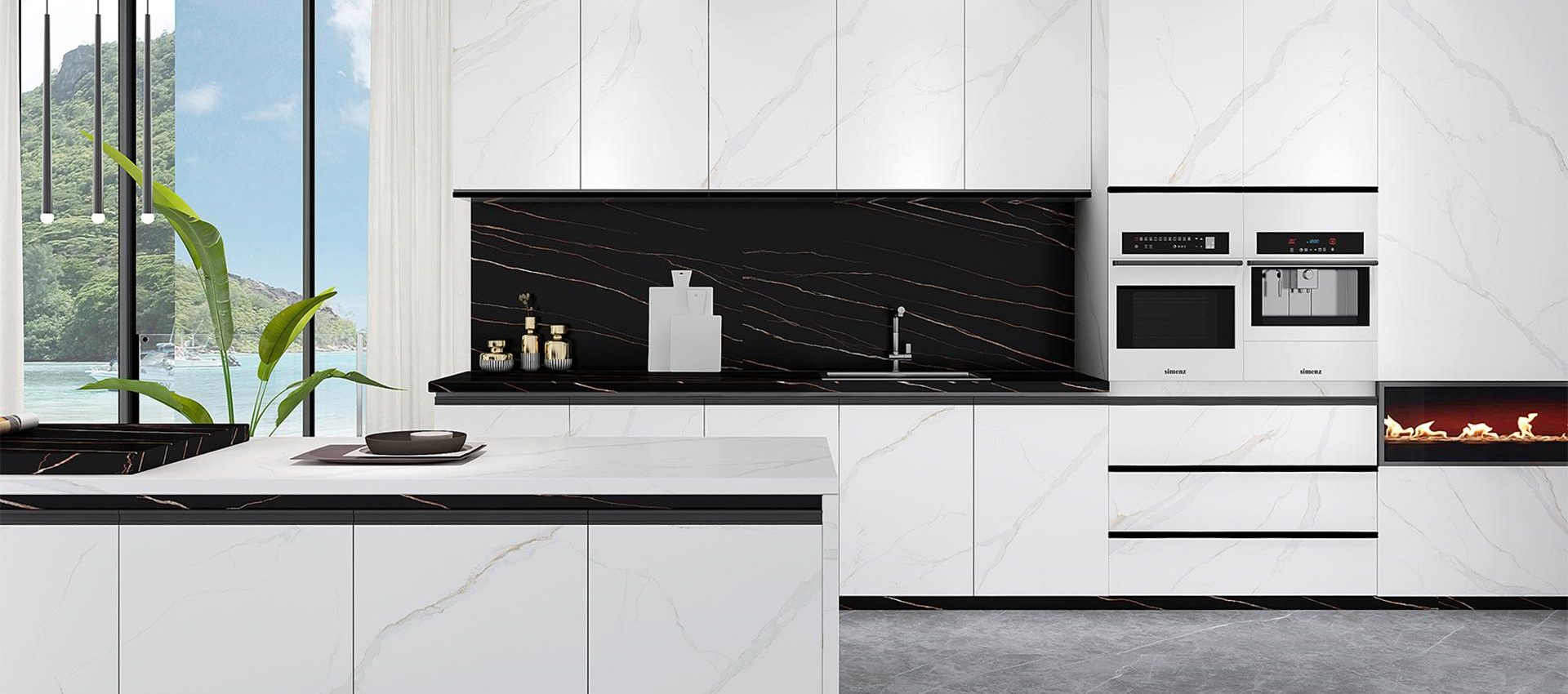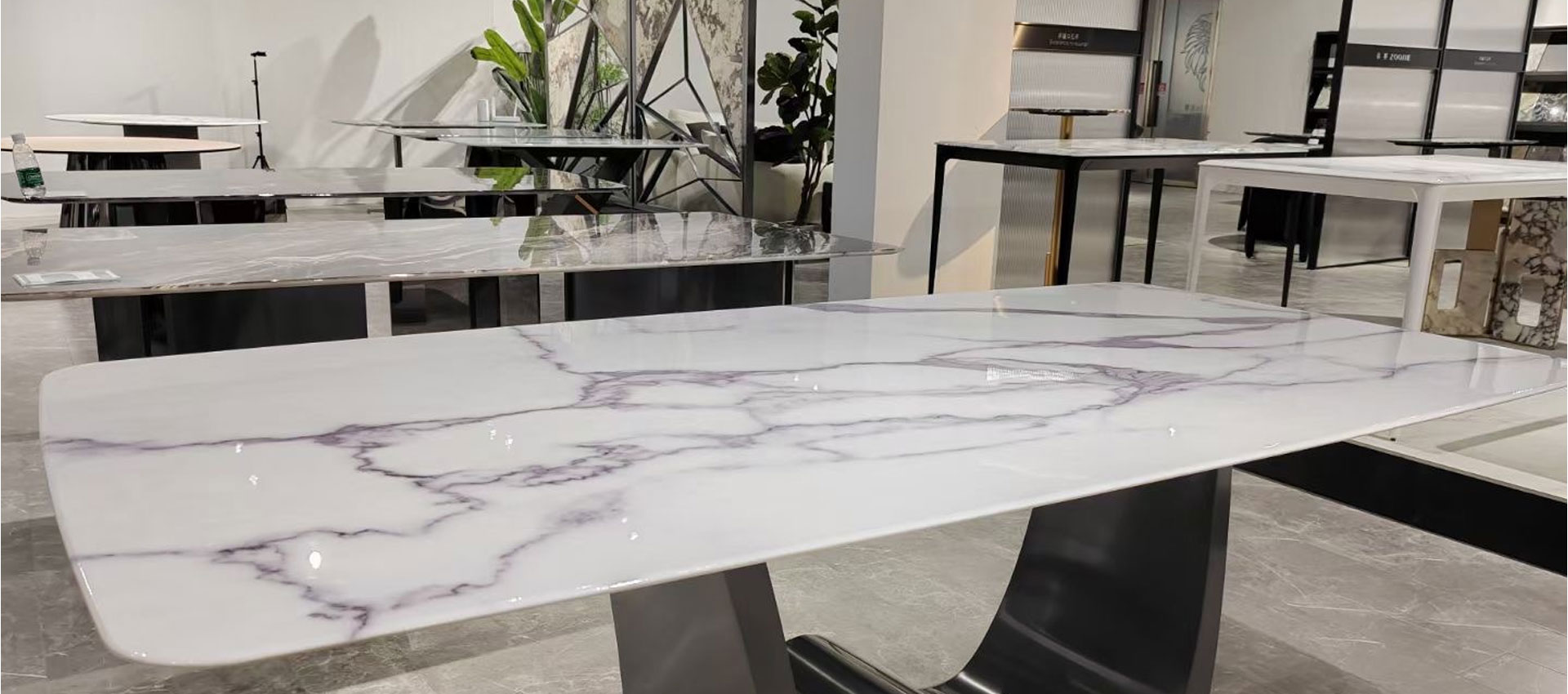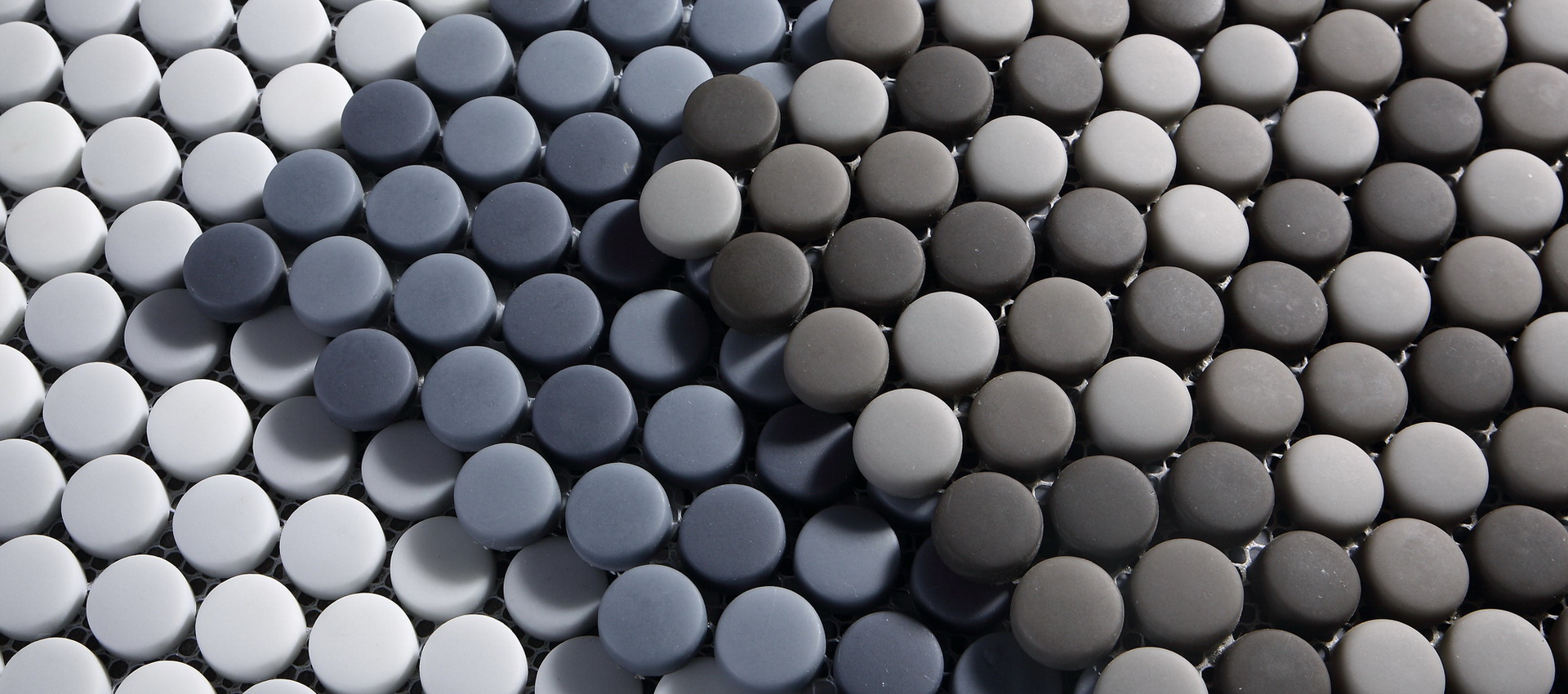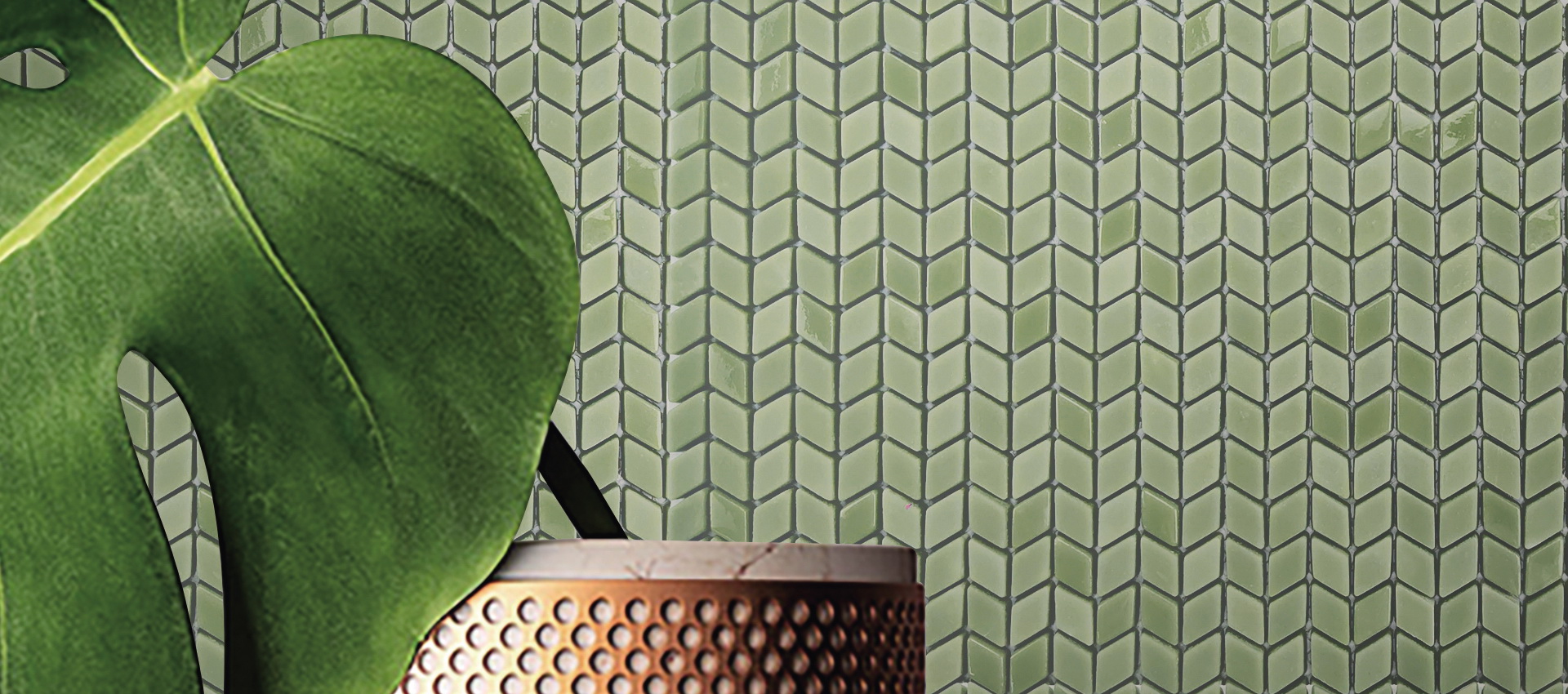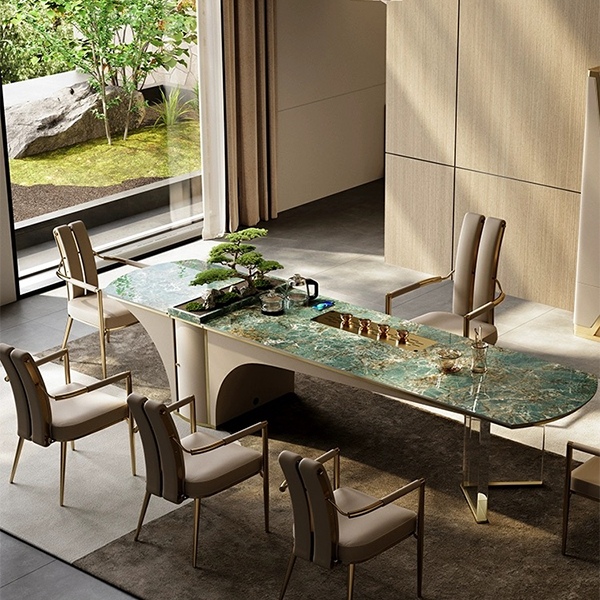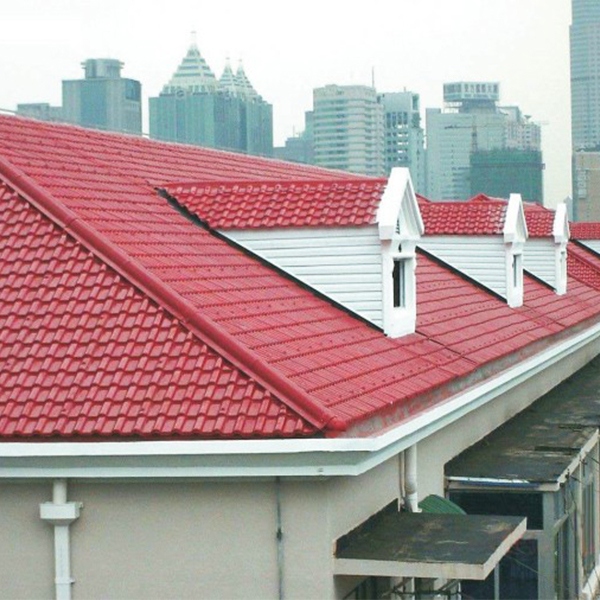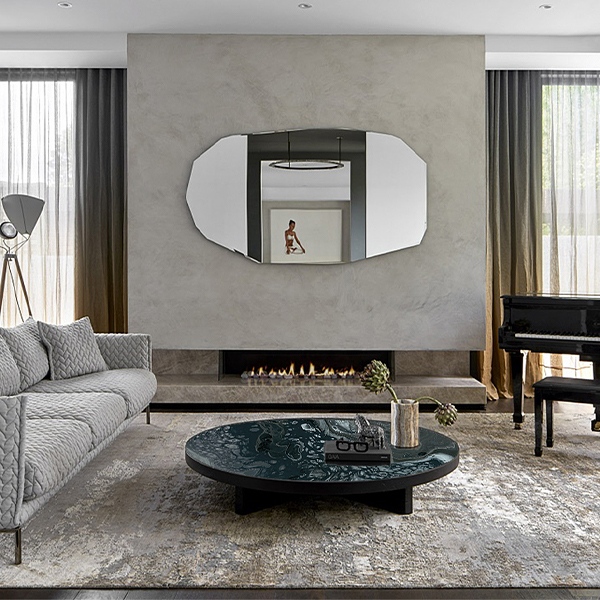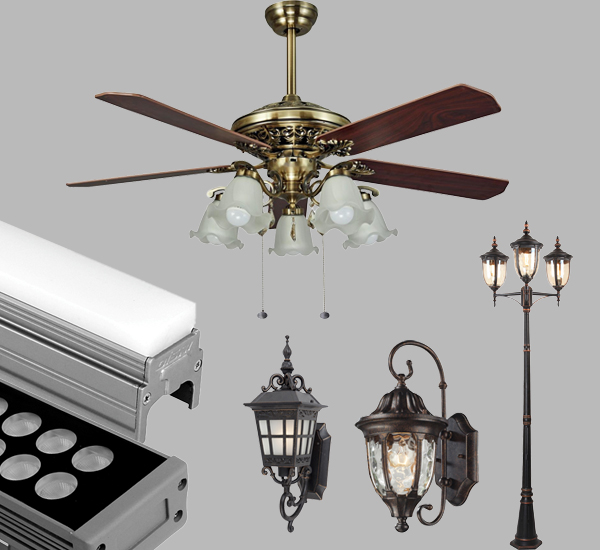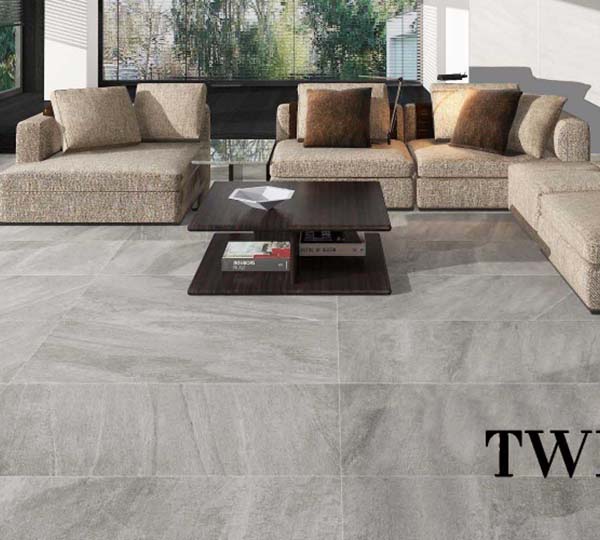PVC Roofing Systems: A Practical Guide for Commercial and Industrial Applications
Introduction — Meeting Modern Roofing Demands
The world keeps asking for roofing stuff that saves energy and lasts a super long time. This is very true for big shops and factory buildings. Out of many choices for flat roofs, PVC roofing systems have become a top pick. Builders and project makers love them. They want tough, fully waterproof, and almost no-maintenance roofs.
Foshan Guanyu Technology Co., Ltd. is a reliable maker from China. They send PVC roof tiles to more than 30 lands. Their tiles are built to work great for many years, even in harsh weather. This handy guide shows the main setup, good points, and common uses of PVC roofing. It helps pros pick smart for their jobs.
What Is PVC Roofing and How It Works
PVC roofing is a single-layer plastic sheet. It is made from polyvinyl chloride, soft additives, and strong fabric. The fabric is usually polyester or fiberglass. Workers join the sheets with hot air. This makes solid, one-piece seams. Those seams keep water out forever.
Main parts include:
Base membrane – gives a water block and bendy feel
Reinforcement mesh – boosts pull and rip power
Top protective coating – fights sun rays, harsh liquids, and grime build-up
PVC sheets stay light. They are often 1.2–2.0 mm thick. Putting them on flat or gentle-slope roofs is simple. Their stretchy nature soaks up heat growth and building shifts. So, no cracks or peeling happen.
Technical and Performance Advantages
1. Long Service Life and Durability
A well-fitted PVC roof can stay strong for 25–30 years. It needs little care. Guanyu’s PVC roofing tiles use special sun-proof mixes. These keep their bright color and soft touch for up to 15 years under direct sunlight. The stuff stands up to strong winds, hard hits, and big temp swings from –40°C to +80°C. Thus, it fits hot jungle areas and icy zones alike.
2. Reliable Waterproofing and Seam Integrity
Seams welded with hot air show pull strength over 400 N/50 mm. They form a smooth, leak-free top. This wipes out drip worries that glue systems like EPDM often have. The perk shines for storage halls, making plants, and shipping hubs with flat tops.
3. Energy Efficiency and Reflectivity
The shiny white face of PVC bounces back up to 80% of sun’s heat. It cuts roof heat by 10–15°C. As a result, cooling bills drop by up to 25%. This helps meet LEED and ENERGY STAR® green rules.
4. Chemical and Fire Resistance
PVC roof sheets push back oils, sour liquids, and factory dirt. They differ from tar or rubber tops. Also, they stop burning on their own. They earn marks for big world fire-safe rules. So, they suit chemical works, eating spots, and production sites.
5. Sustainability and Easy Maintenance
All PVC roofing bits can be reused fully. Their slick face cuts down dust and mud piles. Regular checks and quick washes can push life past 30 years. This slashes ongoing fix costs a lot.
Key Applications
PVC roofing systems pop up a lot in:
Commercial buildings: malls, big stores, and work towers
Industrial facilities: making shops, storage barns, and cool-keeping units
Public buildings: care centers, learning halls, and goods-moving stops
Agricultural and eco-projects: plant-growing houses or farm keep spots that need sun and rust fight
For building fronts or low walls that want a pretty look, Guanyu’s Flexible 3D Travertine Printing Series can join PVC roofing. This fresh stuff mixes lightweight and bends with real stone feel. It lets the roof and side walls match without breaks.
PVC vs. Other Roofing Materials
Feature
PVC Roofing
TPO Roofing
EPDM Rubber
Service Life
25–30 years
20–25 years
15–20 years
Seam Method
Hot-air welded
Hot-air welded
Adhesive
Solar Reflectivity
High (80%)
High (70–80%)
Moderate (40–50%)
Chemical Resistance
Excellent
Good
Fair
Maintenance Needs
Low
Moderate
Medium
Recycling
Yes
Yes
Limited
Conclusion:
TPO and EPDM stay in use a bunch. Yet, PVC roofing shines brighter in chemical toughness, sun steadiness, and full-life savings. It gives a better money-back guarantee for factory and shop jobs.
Cost and Maintenance Considerations
Starting setup prices for PVC systems might sit a bit above old tar or EPDM. But, the whole long-run price falls much lower. Fewer fixes and better energy use help.
Main price bits cover:
Membrane thickness (1.2 mm for normal; 1.8–2.0 mm for tough jobs)
Roof area and tilt
Work skill level and warmth layer needs
Maintenance Tips:
Plan checks twice a year for seam health and hold-downs.
Wipe off junk to keep the shine.
Make sure water flows away fast. No pools.
Fix small spots with hot-air tools. Glue is not needed.
Installation Overview
Trained workers must put in PVC roofing. This keeps promise coverage and top work. Normal steps go like this:
Substrate preparation: The top must be dry, neat, and steady.
Membrane application: Sheets go on with screws or full stick.
Seam welding: Hot air joins edges at 500–600°C for max hold.
Edge detailing: Side covers and bends get tight seals with special gear.
Final inspection: Seam heat and fix patterns get checked.
Guanyu’s send-out team hands over tech info sheets and fit tips. They make sure far-away buyers get steady wins in all job setups.
Selecting the Right PVC Roofing System
When picking stuff for a build, think about these:
Climate Adaptation: In sunny hot spots, grab sheets with sun guards and high bounce.
Usage Type: For roofs with walking or machines, pick thicker, strong sheets.
Certifications: Check ISO 9001, ISO 14001, and CE/ASTM marks for world deals.
Integration: Mix with matching pretty bits—like Guanyu’s flexible stone panels—for full look wins.
About the Manufacturer
Foshan Guanyu Technology Co., Ltd. started in 2001. It is a checked maker and sender of ceramic tiles, tiny tiles, flexible stone, and PVC roofing items. With ISO 9001, ISO 14001, and ISO 45001 marks, the firm keeps steady goods, green care, and safe staff.
Guanyu works in big send markets. These include Southeast Asia, the Middle East, Europe, and the Americas. They use over twenty years of making and moving know-how. Guanyu gives OEM/ODM help, worldwide send aid, and lasting tech backup for build partners.
Conclusion — Building Long-Term Value
PVC roofing systems mix smart build power, green ways, and price control. For builders and job planners, they bring clear wins in water-block trust, heat handle, and full-life money gain.
Teaming with checked sellers like Foshan Guanyu Technology makes sure each job gets proven stuff, professional help, and world-known top quality. Be it for factory storage, public spots, or new shop groups, PVC roofing keeps shaping tough and green roof futures.
FAQ
Q1: How long does a PVC roofing system last in commercial use?
A properly installed PVC roof can last 25–30 years, offering excellent resistance to UV exposure, temperature changes, and chemical corrosion with minimal maintenance.
Q2: Is PVC roofing suitable for hot or humid climates?
Yes. Guanyu’s PVC roofing uses UV-stabilized compounds that ensure color retention and flexibility even in tropical or coastal environments with high humidity.
Q3: Can PVC roofing be customized for different project needs?
Absolutely. Guanyu Technology provides OEM/ODM customization, including membrane thickness, color, and surface treatment options tailored to local project requirements.
Read More

